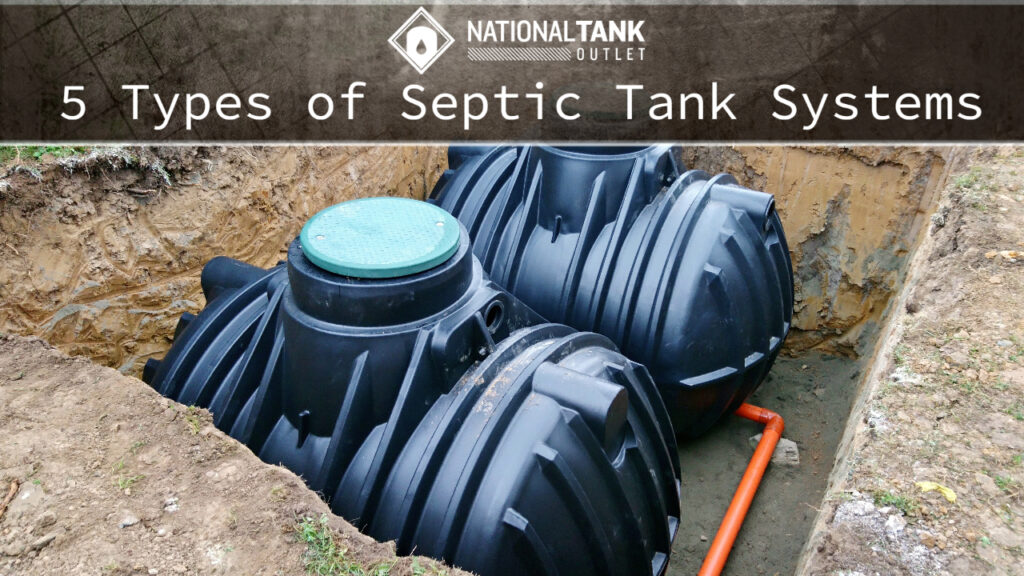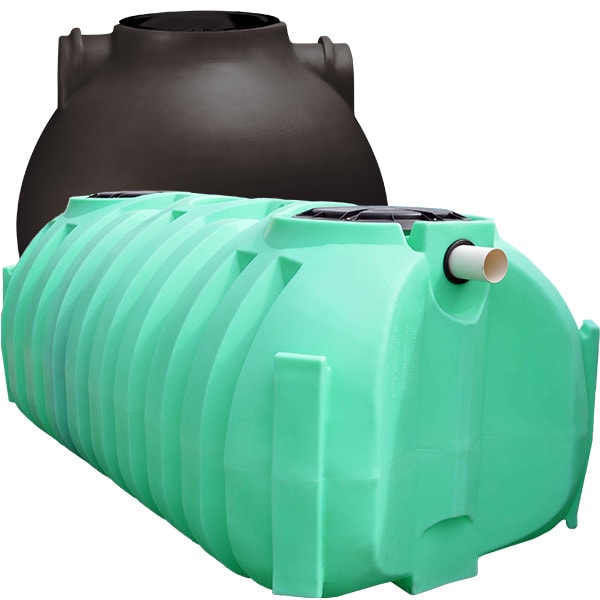Decoding the Language of Septic System Solutions: A Glossary of Terms for Clear Interaction and Understanding
In this article, we'll assist you decipher the language of septic tank solutions with an useful reference of terms. From understanding the essentials of your septic container to dealing with sludge accumulation, we'll offer clear explanations to ensure clear communication and understanding.
Septic Tank: Recognizing the Basics

If you are unknown with septic containers, they are below ground containers that hold and deal with wastewater from your household. These tanks are a vital part of your home's plumbing system, in charge of safely and effectively managing the waste created by your day-to-day tasks. Recognizing the fundamentals of sewage-disposal tanks is essential in order to ensure their proper performance and avoid expensive fixings.
A septic tank is composed of two primary parts: the container itself and the drainfield. The solids resolve at the bottom of the container, developing a layer of sludge, while the fluids, understood as effluent, rise to the top.
Routine upkeep of your sewage-disposal tank is essential to protect against problems such as obstructions, backups, and system failings. It is advised to have your tank pumped every 3 to 5 years, relying on its size and use. Furthermore, it is necessary to be conscious of what you purge down the tubes and bathrooms, as particular chemicals and materials can damage the microbial equilibrium in the tank.
Drain Field: The Duty of Dirt in Waste Disposal
To keep the correct capability of your septic container system, it is crucial to understand the function of the drainpipe field in garbage disposal and how the bordering soil plays a vital role in this process. The drain area, also called the leach area or absorption area, is an important part of a septic tank. Its primary function is to filter and treat the wastewater that drains of the septic system.
As soon as the wastewater leaves the septic container, it is dispersed uniformly throughout the drainpipe area via a network of pipelines or trenches. The drainpipe area includes a layer of crushed rock or rock, which helps to distribute the wastewater uniformly and promote efficient filtration. Below the gravel layer, there is a layer of soil that acts as an all-natural filter.
The soil in the drain field plays a vital function in the therapy of wastewater. As the wastewater percolates via the dirt, it undertakes an all-natural process of filtration and purification. The soil acts as a physical and organic filter, removing hazardous bacteria, viruses, and other impurities from the wastewater.
The composition and top quality of the soil are vital for the reliable functioning of the drainpipe area - septic tank pumping. The soil should have excellent percolation prices to permit the wastewater to relocate through it quickly. Additionally, the dirt should have adequate oxygen degrees to support the growth of cardio bacteria, which help in the breakdown informative post of raw material in the wastewater

Effluent: the Liquid Waste From Your Septic Tank
As the wastewater leaves the drainpipe field, it is called effluent, and it is vital to recognize the features and monitoring of this liquid waste from your septic tank. Effluent is the term used to define the cured wastewater that drains of your septic system and right into the drainpipe field. septic tank pumping. This liquid waste consists of a mixture of water, natural matter, and dissolved solids
Effluent need to be clear and totally free of any kind of undesirable smells. It might be an indicator of a problem with your septic system if you discover any kind of foul scents or staining. Normal maintenance and pumping of your sewage-disposal tank can aid guarantee that the effluent remains complimentary and tidy from pollutants.
Correct administration of effluent is crucial to stop contamination of the surrounding setting. The drainpipe field is designed to filter and treat the effluent prior to it goes into the soil. It is essential to avoid any activities that might potentially damage the drainpipe area, such as parking lorries or growing trees with deep origin systems.
Sludge: Managing Solid Waste Accumulation
When handling solid waste accumulation in your septic tank, correct management of sludge is essential. Sludge describes the thick layer of solid waste that builds up at the bottom of your sewage-disposal tank over time. If not taken care of properly, sludge can cause numerous issues, such as clogging, back-ups, and even system failing.
Routine maintenance is vital to stop sludge build-up. It is suggested to have your sewage-disposal tank pumped every three to 5 years, depending upon the size of your household and the storage tank's capacity. Pumping removes the built up sludge, allowing your septic system to operate successfully.
Be conscious of what you flush down the drainpipe. Second, consider utilizing septic-safe items that won't disrupt the all-natural bacterial balance in your system.
Pumping: Preserving the Health And Wellness of Your Sewage-disposal Tank
Maintain the wellness of your septic tank by frequently pumping it. Over time, strong waste and sludge accumulate in the container, which can lead to blockages, backups, and also system failure.
The regularity of pumping depends on different elements such as the size of the container, the number of owners in your household, and the use of water. On standard, septic tanks ought to be pumped every three to 5 years.
Conclusion
So there you have it: a helpful reference of terms to assist you better comprehend the language of septic container services. Whether it's discovering concerning the fundamentals of septic tanks, understanding the duty of the drainpipe area, or recognizing exactly how to take care of sludge buildup, this reference will make sure clear communication and a better understanding of your septic tank. Maintain click over here these terms in mind to keep the health and wellness and functionality of your septic tank.
A septic tank consists of 2 main components: the storage tank itself and the drainfield.Regular maintenance of your septic tank is important to avoid problems such as blockages, backups, and system failings.To keep the correct performance of your septic tank system, it is crucial to recognize the role of the drain field in waste disposal and how the bordering dirt plays a key role in this procedure. It is suggested to have your septic container pumped every three to 5 years, depending on the dimension of your house and the storage tank's ability. Whether it's finding out concerning the fundamentals of septic tanks, recognizing the duty of the drain field, or understanding how to deal with sludge accumulation, this reference will certainly make sure clear communication and a much visit this site right here better understanding of your septic system.